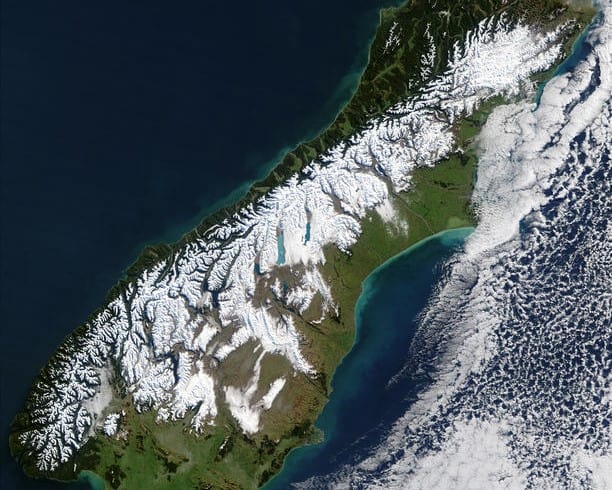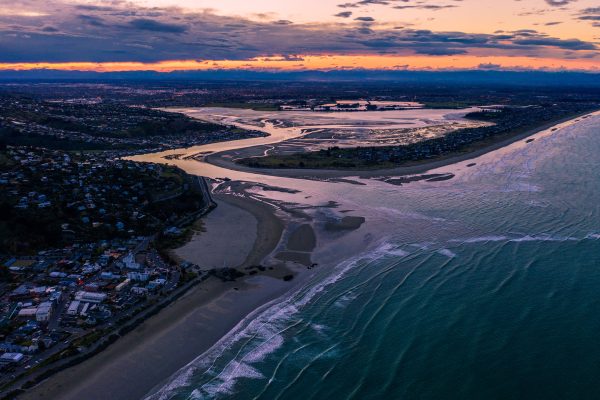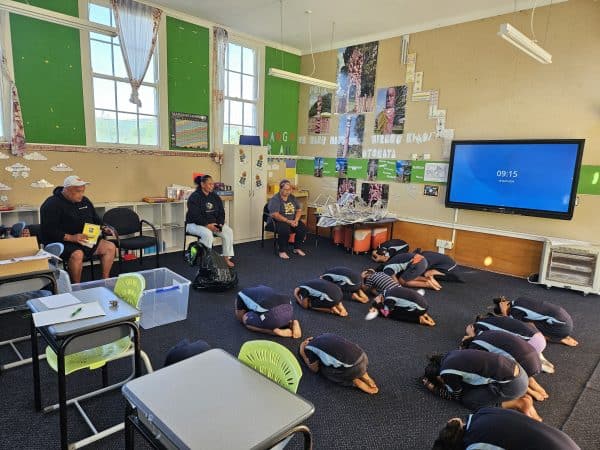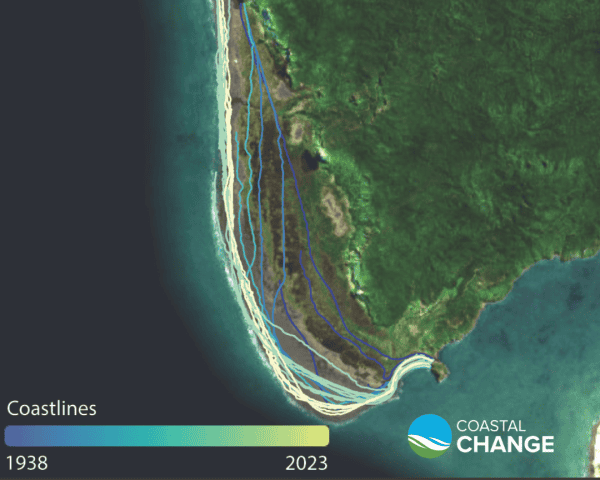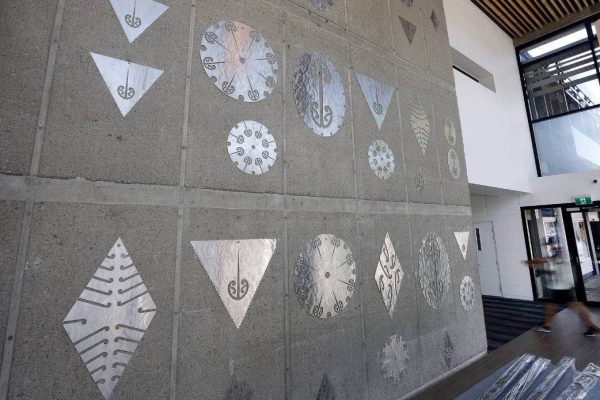Rural programme researchers, as part of their longstanding partnership with the AF8 (Alpine Fault magnitude 8) programme, played a major role in the AF8 Rū Whenua Scenario Working Group that led the development of the science scenario underpinning the Rū Whenua Tier 4 National Alpine Fault Exercise. Previously developed models for ground shaking, aftershocks and landslides were used in scenario development, and the team worked hard this year on new risk models for casualties, habitability and tourist exposure for inclusion in the scenario.
The Rū Whenua exercise was held over three days, on 12 June, 26 June, and 10 July 2024, and the science was very well received by participants.
As part of the Rural programme’s science support to the AF8 programme, researchers from the University of Canterbury have sought to better understand the exposure of visitors to Piopiotahi Milford Sound to a potential tsunami during an Alpine Fault earthquake. The research projects address knowledge gaps identified through the AF8 engagement programme, which has involved a deep collaboration between scientists, emergency managers, and key stakeholders in the Fiordland tourism sector. The research findings are currently undergoing peer review.
In the six months between December – May 2024, researchers held numerous proactive briefings with Fiordland stakeholders, including Milford Sound and Queenstown tourism operators, Emergency Management Southland, Environment Southland and the Department of Conservation. NEMA was also briefed as part of this process. These briefings have been led by Dr Tom Robinson (AF8 Science Lead) and Prof Tom Wilson, along with their postgraduate students.
While the risk to visitors to Milford Sound has not changed, the new findings have improved scientific understandings of the risk. The new knowledge will enable decision-makers to make changes to policy and practice, to increase visitor safety. A carefully considered communications plan is in development, to ensure research findings are sensitively communicated once they have been peer-reviewed and published.
This year, many of our research teams continued to be engaged on projects associated with the 2023 North Island Severe Weather Events (NISWE).
RNC research leaders Prof Liam Wotherspoon and Dr Charlotte Brown developed two policy briefs with funding received through the Extreme Weather Research Platform (EWRP) – one on Critical infrastructure recovery: Key Lessons and another on Investment decision making. Assoc Prof Murray Ford of the University of Auckland and our Changing Coastlines team led an EWRP-funded project examining how Cyclone Gabrielle altered North Island coastlines. The team obtained extra satellite imagery to compare beaches before and after the cyclone, and shared findings in a media story in February.
The RNC directorate, in association with Climate Sigma, coordinated joint activities across projects funded by the Extreme Weather Research Platform (including a website, research webinars, newsletters, and a final report). The final EWRP webinar, Reducing future extreme weather impacts in Aotearoa NZ, attracted over 700 registrations. The RNC directorate team also developed summaries of key lessons on different stages of recovery management, with funding from EWRP. The policy briefs cover food security, housing, insurance and psycho-social impacts, and they are available on our website.
The policy brief on food security and disasters drew on a body of research developed through our Rural programme in both Phase 1 and Phase 2 of the Challenge, led by Assoc Prof Jo Fountain of Lincoln University, Dr Nick Cradock-Henry of GNS Science and Dr Gradon Diprose of Manaaki Whenua – Landcare Research. We ran a well-attended webinar on the topic and a long form media story in The Spinoff explored the issues that can impact food security and food resilience following a disaster.
The award-winning Recovery Capitals (ReCaP) Guide Aotearoa developed by researchers in our Urban and Resilience, Policy & Governance teams has been used by agencies, including Auckland Council, following the 2023 NISWE. The guide provides a basis by which agencies can consider the most important aspects of recovery, so that they can plan for and organise their recoveries to be effective.
NIWA’s Dr Richard Turner, co-lead of our Weather & Wildfire team, prepared a report and gave a briefing for New Zealand Forest Managers and Forest Owners on the wind risk to forest estates from ex-tropical cyclones including Cyclone Gabrielle. A series of ArcGIS risk maps were produced and delivered to them. Dr Turner has also prepared multiple reports on wind risk and maps on wind risk for several lines companies including Top Energy (Northland) following Cyclone Gabrielle.
Featured image: The South Island and the Alpine Fault from space, credit: NASA.
